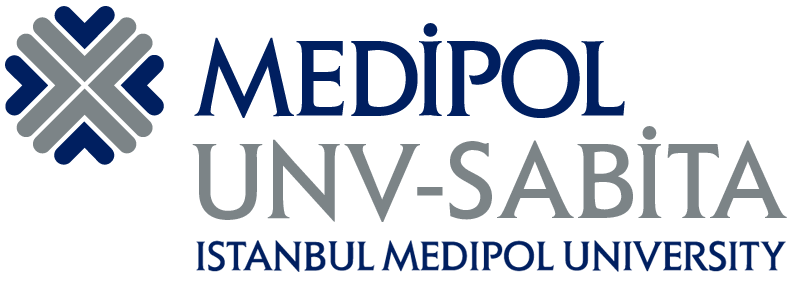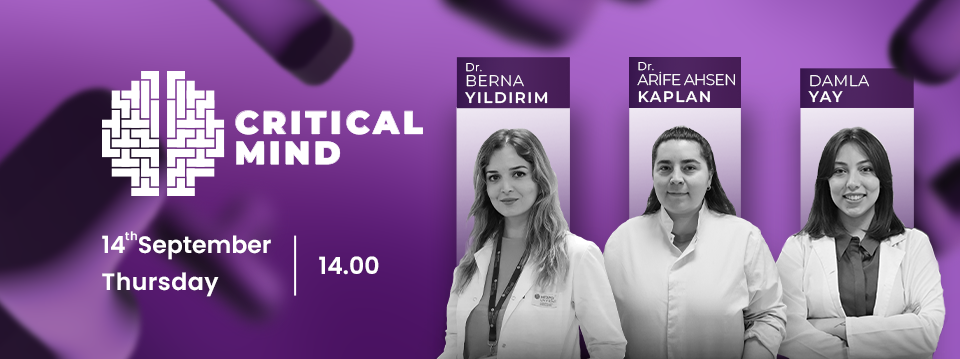Vilain Lab/Regenerative Biology Research Group
When a damaged tissue does not repair properly, it can cause a serious burden on life-quality. Efficiency of tissue repair can be very variable between different cells/tissues of the same organism and between similar cells/tissue of different organisms. Studying the differences between cells that can regenerate and cells that cannot regenerate should allow us to unravel the mechanisms behind regeneration. Better understanding these mechanisms is crucial for therapeutic purposes.
Research Overview
Research Approach
Since salamanders have the highest regenerative capacity of all tetrapods, we use the axolotl salamanders as a model to study regeneration. Understanding why axolotl can repair certain tissues while mammals cannot, is important to remediate permanent tissue damage.
My lab is focused on two types of regeneration. First, we want to understand how axolotl salamanders can replace an entire limb after amputation. Crucial for limb renewal is the formation of a specialized epithelium which enables limb regeneration. We aim to better understand the formation and function of this epithelium. Second, we are investigating why axolotl salamanders can regenerate neurons more easily after neuronal damage. For this purpose, we are examining molecules and pathways that are known to facilitate neuronal regeneration in axolotl neurons. We expect that our studies will give some answers on the question why some cells/tissues regenerate, while others cannot.
Axolotl research has benefited a lot from genetic tools in the past, however certain genetic manipulations are currently still impossible. Therefore, another aim of the lab is to improve the genetic toolkit of axolotl.
We use molecular and genetic tools to investigate how certain molecules affect regeneration. Recombinant DNA technology allows us to generate DNA constructs which can manipulate the function of our molecules of interest. Various transgenic methodologies allow us to introduce these constructs to our tissues or cells of interest. Finally, we can visualize the effect of our constructs on regeneration via life imaging techniques, confocal microscopy and electron microscopy.





